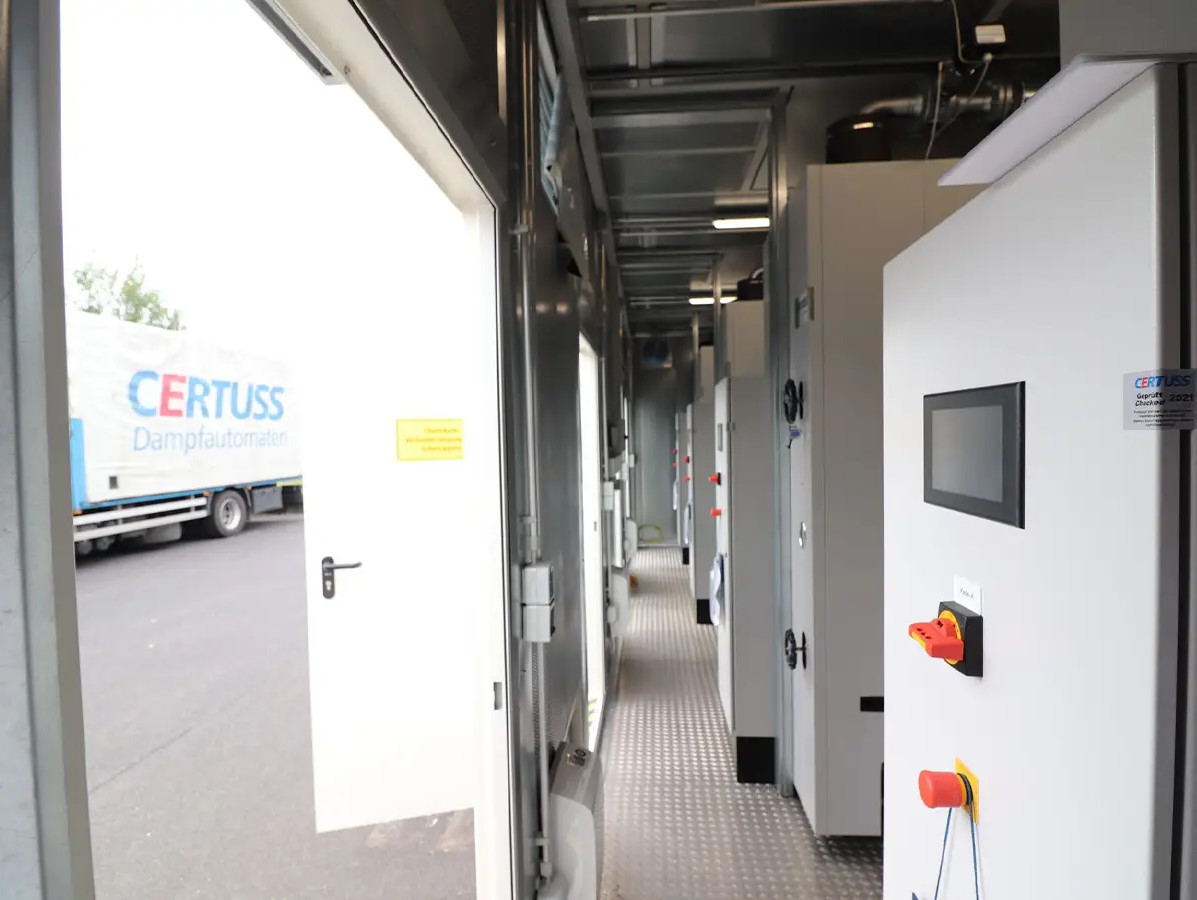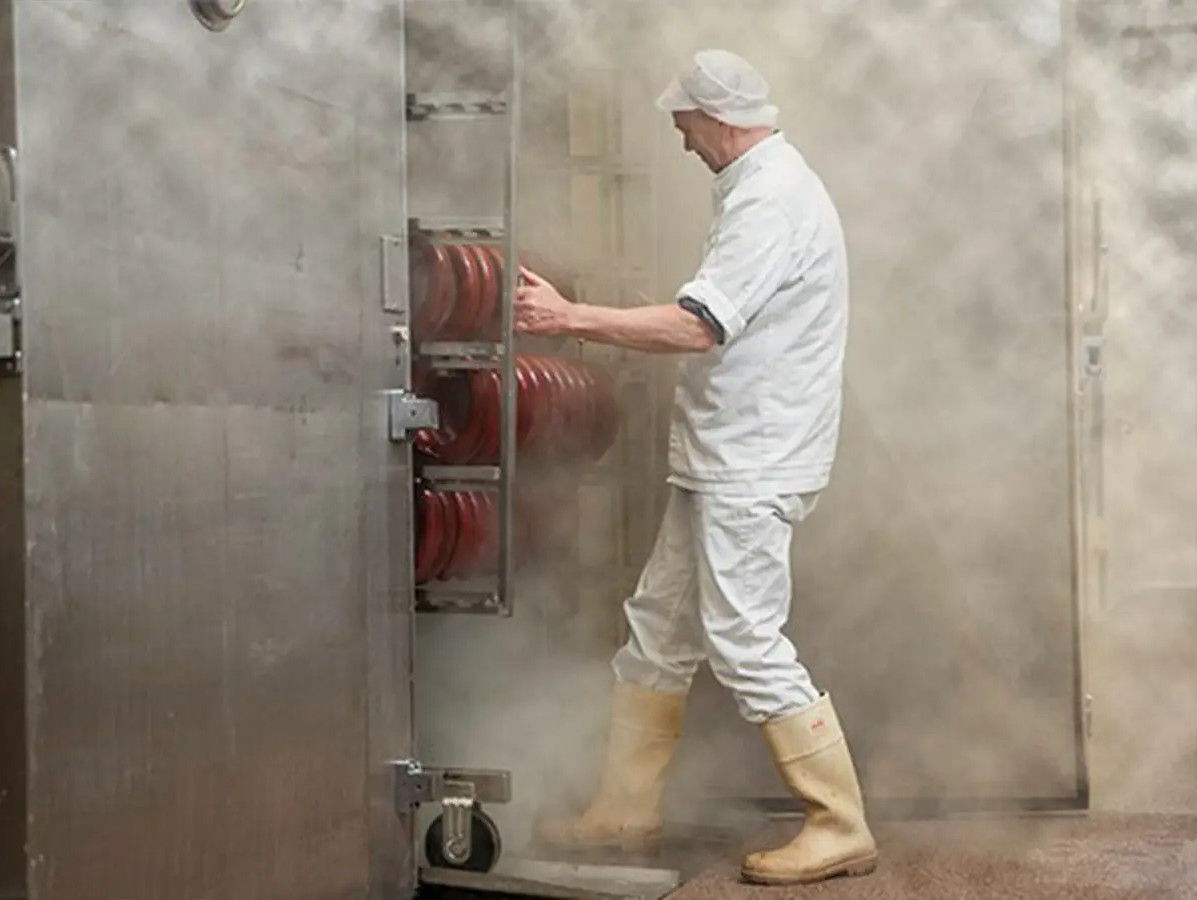
An increasing number of food producers are taking steps towards electrification and making their operations more sustainable. This transition is further encouraged by the introduction of CSRD reporting requirements, which compel companies to provide insight into the impact of their operations on people and the environment. In addition, various subsidy schemes and CO₂-related levies are in place.
Unfortunately, grid congestion often poses a barrier. The growing number of electric installations puts pressure on the current electricity grid, resulting in delays or even the impossibility of expanding capacity. This doesn’t just cause frustration—it can, in some cases, bring production to a standstill.
Scharff Techniek sees that companies in the sector are frequently running into issues with grid capacity. Fortunately, there are viable solutions in certain situations, even when full electrification isn’t immediately feasible. A hybrid steam system, which uses both gas and electricity to generate steam, offers the flexibility and scalability needed.

When grid capacity allows, or when self-generated electricity is available, the system produces steam using electricity. If the grid is under strain, it automatically switches to gas. The electric capacity can be expanded later, once additional grid space becomes available. This way, you can invest in sustainability without compromising production reliability.
Interested in what this could mean for your company? The full article on our website outlines the steps towards an electric or hybrid setup, along with the key considerations involved. For a no-obligation consultation, feel free to contact Scharff Techniek directly.
Source: Scharff Techniek